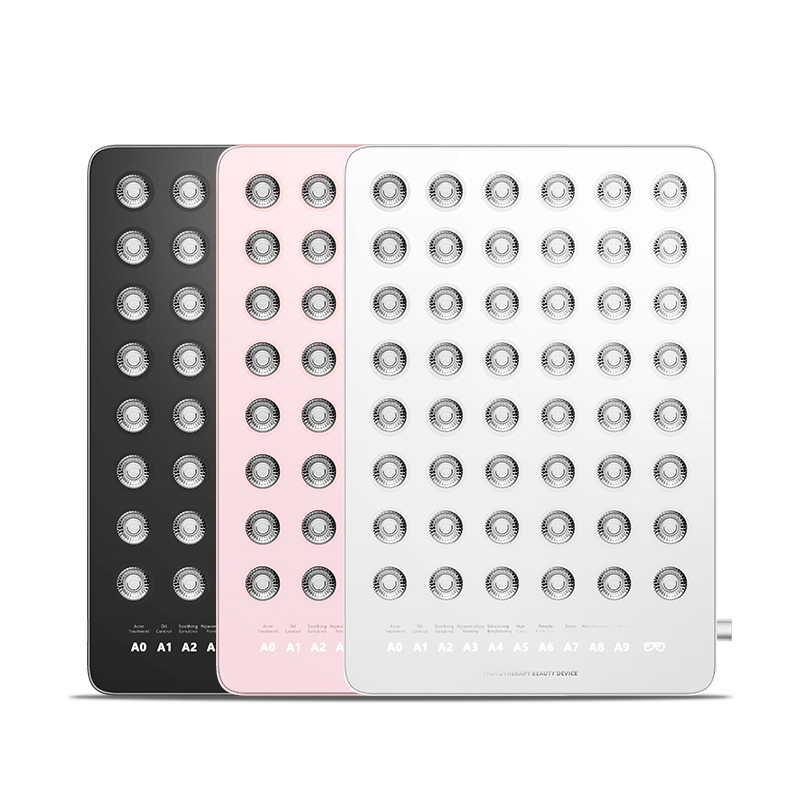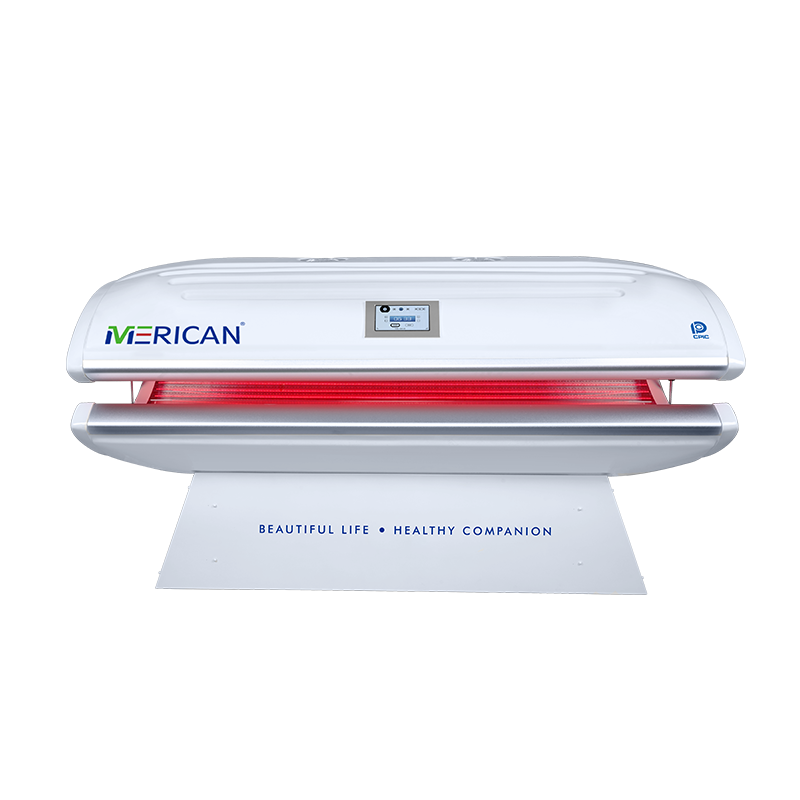लाल प्रकाश चिकित्सा (आरएलटी) अवसाद के इलाज में कुछ संभावनाएं और संभावनाएं दिखती हैं.
अवसाद के उपचार में रेड लाइट थेरेपी का विस्तृत विश्लेषण निम्नलिखित है:
मैं. Basic Principles of Red Light Therapy
Red Light Therapy is a method of treatment utilizing low levels of red light, जिसकी तरंगदैर्घ्य आमतौर पर 630nm और 700nm के बीच होती है. This therapy works in a non-invasive way by irradiating light into the body to activate the mitochondria within the cells, which in turn promotes cellular energy (एटीपी) production and other biological effects.
II. Application of Red Light Therapy in the treatment of depression
1、Improvement of mitochondrial function: mitochondrial dysfunction is an important aspect in the pathogenesis of depression. Red light irradiation can activate mitochondria, increase their catalase activity, and promote sugar metabolism and ATP production, thus improving cell function, especially the function of nerve cells.
2、Anti-inflammatory effect: The pathogenesis of depression is closely related to the inflammatory response. Red light irradiation can up-regulate anti-inflammatory factors to avoid neuroinflammatory reactions, thus reducing depressive symptoms.
3、Modulation of neurotransmitters: Reduced functional activity of monoaminergic neurotransmitters (उदा।, डोपामाइन और 5-हाइड्रॉक्सीट्रिप्टामाइन) is considered to be one of the important pathogenic mechanisms of depression. Red light therapy has been reported to enhance dopaminergic transmission in brain regions, thereby improving depressive symptoms.
4、Regulation of biorhythms: Depressed patients often suffer from biorhythmic disorders, विशेषकर मौसमी अवसाद. Red light inhibits melatonin secretion and regulates circadian rhythms, thereby improving sleep and mood.
What is Depression? Symptoms and Treatment
According to the American Psychiatric Association, depression, also known as major depressive disorder or MDD, “is a common and serious medical condition that affects how you feel, the way you think and how you act”. While many associate the condition with sadness, it has a host of other symptoms that can significantly impair a person’s life and well-being. Some of these include:
*Lack of motivation or loss of interest in activities once enjoyed
*Sleep disturbances (insomnia or sleeping too much)
*Irritability or angry outbursts
*Lack of energy or extreme fatigue
*Lack of appetite or increased food intake
*Anxiety or restlessness
*Feelings of worthlessness
*Difficulty thinking or concentrating
*Thoughts of death or suicide
*Unexplained physical symptoms (aching muscles and joints or headache)
The number and severity of symptoms can vary from one individual to the next. Typical treatment for depression involves medication (there are hundreds of medications used to treat the condition, and it can take a lot of trial and error to find one that works for the individual), चिकित्सा (cognitive-behavioral or psychodynamic therapy, for instance), या दोनों का संयोजन.
Perhaps you’re looking at the list above and thinking, “This sounds like me”. Or maybe you have a diagnosis and you’re looking for an effective way to supplement your current treatment. Whatever your situation, it’s crucial to embark on this journey with your doctor, as self-diagnosis and unsupervised treatment can have dire consequences.
III. Clinical Studies and Evidence
हाल के वर्षों में, more and more clinical studies have supported the application of Red Light Therapy in the treatment of depression. उदाहरण के लिए, a research team from the City University of Hong Kong found that red light irradiation can activate mitochondria and promote cell synthesis, जो क्षतिग्रस्त ऊतकों की मरम्मत और पुनर्जनन के लिए अनुकूल है, and then stimulate neural tissues to achieve therapeutic purposes. इसके अलावा, a study conducted by a team from Wenzhou Medical University and Zhejiang Key Laboratory of Neurology Research also showed that red light irradiation can improve depression-like behavior in mice.
IV. Why use red light therapy?
When we don’t get adequate natural light, it affects every cell and process within our body. Humans were made to use sunlight for optimal health. Healthy light is essential to every cell’s function, and a lack of light can lead to chronic disease and illness.
Lack of sunlight has been known to cause anxiety and depression because not enough sunshine depletes brain serotonin and dopamine levels, and those low levels can lead to disabling mood conditions. Staying indoors for extended periods affects mental well-being. In addition to clinical depression and anxiety, low levels of Serotonin are also associated with depressive disorders like seasonal affective disorder (उदास), a type of mood disorder influenced by the changing daylight hours.
Red light therapy can specifically:
- Increase sluggish energy levels
- Support a balanced mood
- Improve mental clarity and confidence
- Improve general positivity, and calm, and reduce anxiety
- Reduce seasonal depression (उदास)
While red light therapy devices can have these benefits, they should never replace working with a mental health professional or other treatments for anxiety, depression, or the like.
निष्कर्ष के तौर पर, लाल प्रकाश चिकित्सा, as an emerging non-invasive treatment method, shows some potential and promise in the treatment of depression. With the deepening of research and the continuous development of technology, it is believed that it will bring benefits to more depressed patients in the future.


























